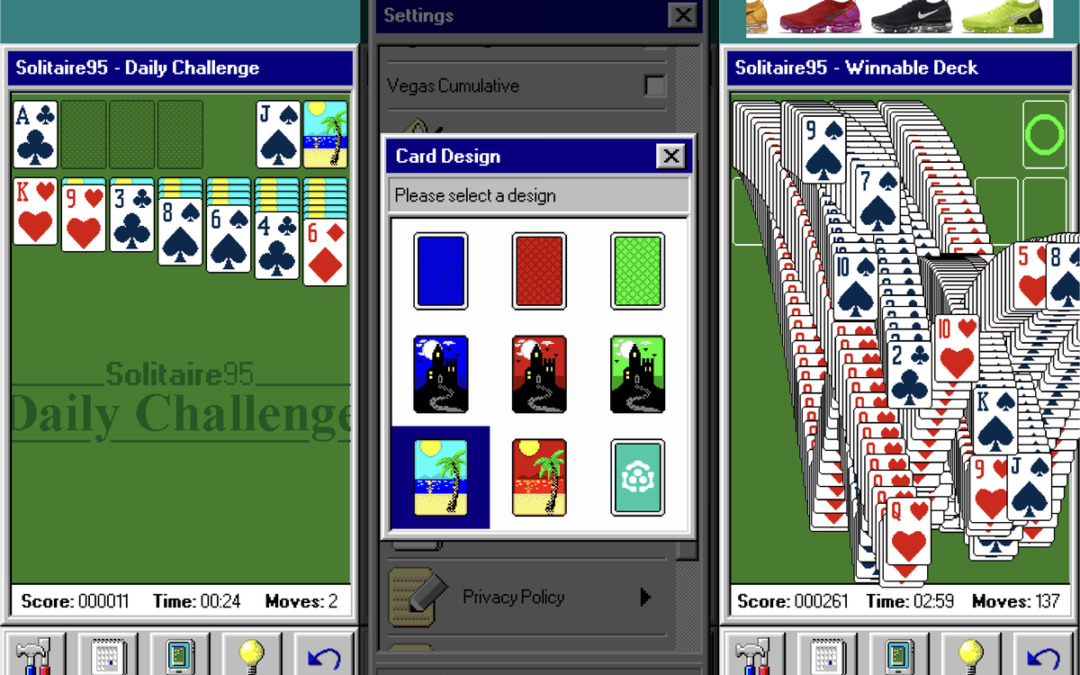
by Stone Marshall | Nov 6, 2018 | Awesome Book News, Free, Intro, Minecraft News, Minecraft questions, news, parent-news, State of Stone, Stone Marshall Book News, Stone Marshall Books, Stone Marshall Club, Stone Marshall Minecraft Adventures, Uncategorized |
I recently got an ad for Solitaire 95 on Instagram. I don’t know what I did to piss Instagram off so much it put me in the demographic of ‘people who play Bejeweled Blitz on non-timed mode,’ but the ad worked, because I downloaded the game. I enjoyed the novelty of the classic Windows 95 tabs and the iconic pixelated palm tree cards for one game before I forgot about it, but the experience did get me thinking about when I moved to New York City three years ago from South Korea, and the first time I saw someone on the subway playing Solitaire on their phone.
Trains in South Korea run with impeccable precision, the subways are spotless, and there’s fast Wi-Fi onboard on every line. Things are different in New York City. One time, a rat came aboard my train and all hell broke loose until someone kicked it so hard it hit the wall and died. It was the most bonded I have ever felt to other New Yorkers — and this happened around Christmas, adding to the holiday magic. The point is, this is the kind of MTA service we’re dealing with here, so of course there’s no Wi-Fi, which makes playing mobile games that need an internet connection hard.
This is actually good in its own way, because New Yorkers use their time on the subway to read or listen to podcasts, and it definitely motivated me to pick up my Kindle again. But sometimes you just want to idly waste time on a pointless game when you’re bored!
NOW I HAVE BECOME ONE OF THE VERY PEOPLE I HAVE MOCKED
In Seoul, I was working in game localization at a mobile game studio, and sometimes I’d see people playing our games on the subway. It was always a thrill, but short-lived, as the mobile game industry shifted so fast that every few weeks, there was another new game that people had already moved on to. Still, it was the fast internet that made playing MMORPGs on the train possible, and for three years on my daily commute, I saw every different kind of mobile game you could think of on the screens I’d peek over at.
Moving back to America after living in Korea was like stepping into a time warp. I couldn’t believe people were still playing Candy Crush, or even worse, 2048. To me, this was like walking into an all-you-can-eat buffet and only eating spoonfuls of ketchup. But now I have become one of the very people I have mocked. I exclusively play Minesweeper on my phone, because I saw someone playing it on the very subway I love to hate on.
I was on the train this week when I noticed a woman playing Minesweeper on her iPhone. There are a ton of Minesweeper games in the App Store, but I’ve never been able to find the right one, and here was someone in front of me, mining away. But she had her AirPods in, so I couldn’t bring myself to interrupt her to ask which Minesweeper game it was. I imagined a scenario in my head in which I would timidly ask her what game she was playing, and she’d look at me like I was a feral animal who’d never had the classic Windows game suite of 3D Pinball and FreeCell (which to this day, I have no idea how to play. Show me one person who knows how to play FreeCell), much less heard of Minesweeper.
So after downloading a bunch of different Minesweepers from the App Store, I finally found the version she was playing. It’s Minesweeper Q by Spica, and it has the best UX you need to play the game on a phone: a quick flagging mode, and a quick open feature when you tap a number next to a flag. I’m glad I didn’t have to ask her for it, because she seemed kind of rude when she was pushing people to leave the train at her stop. But without her, I never would have been reunited with the first game I obsessed over as a procrastinating high schooler. Now I never need to find another game to play on my phone when the train’s been stalled for 30 minutes in a dark tunnel somewhere in Brooklyn. So thank you, rude stranger.
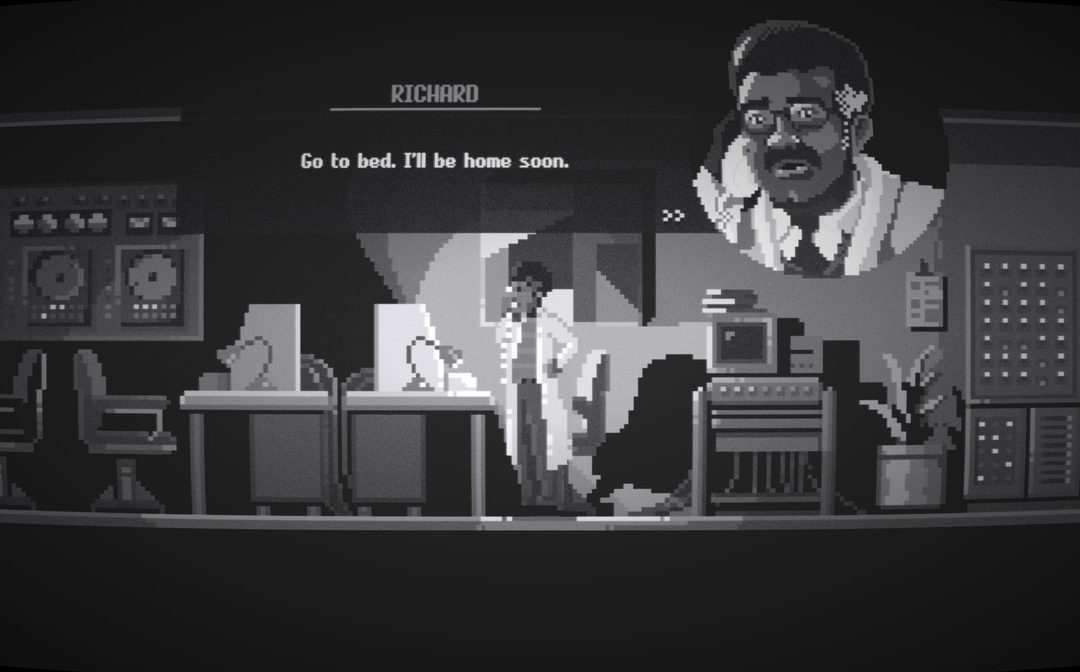
by Stone Marshall | Nov 5, 2018 | Awesome Book News, Free, Intro, Minecraft News, Minecraft questions, news, parent-news, State of Stone, Stone Marshall Book News, Stone Marshall Books, Stone Marshall Club, Stone Marshall Minecraft Adventures, Uncategorized |
It can be difficult to find time to finish a video game, especially if you only have a few hours a week to play. In our biweekly column Short Play we suggest video games that can be started and finished in a weekend.
Midnight Scenes is a series of short, spooky games that feels like an interactive take on The Twilight Zone. Developed by Octavi Navarro, who also made The Librarian, the games capture the feel of the TV series with the same iconic black-and-white aesthetic and similar settings and stories. More importantly, the same creepiness and tension that made The Twilight Zone so influential also permeate both games.
The first episode, called “The Highway,” was released last September. It follows Claire, a young woman driving along a highway one night only to encounter an electrical pole that’s fallen across the road. Since there are live electrical wires on the pole, she can’t move it, and so goes in search of a telephone or way to move the pole safely. Each step along the way toward her goals leads her farther from the road but closer to understanding the strange circumstances that caused the pole to fall across the road in the first place.
The second episode, “The Goodbye Note,” is framed around Richard P. Griffin writing a letter to his wife. The note recounts the events of the previous 24 hours so that she might understand why he’d been acting strangely and suddenly had to drop everything and fly to Washington, DC. There is a franticness to this episode as you try to keep Richard one step ahead of whatever is chasing after him.
Both episodes are point-and-click adventure games. You have to click on a location in order to move a character to that spot, but you also have to collect a small inventory of items that you use to solve puzzles. You might find a hammer and nail, for instance, that you’ll need later to hammer a board into place. The puzzles are used sparingly, and they aren’t particularly difficult. Their effectiveness, instead, comes from when and how they are deployed.
Puzzles in Midnight Scenes are often used to draw out a moment as a way to increase the tension by having you spend time traveling somewhere to get something. This gives you plenty of time to think about all of the weird things the game could scare you with. These scenarios can also put you into a moment that feels desperate or frantic, and the act of trying to solve the puzzle feels scary in itself. It’s a bit like finding the only escape car in a slasher movie but not having the keys. You can see the keys locked inside the car, so you need to quickly figure out how to break in with what you have around you before the killer shows up.
Normally, you can go about the game at your own pace. Depending on how worried you are about jump-scares, you might move slower or be more hesitant to interact with things since you know those interactions might trigger… something. But in these more frantic moments, you feel pushed to be less cautious, to get out of your comfort zone and be riskier.
It’s this interaction that makes Midnight Scenes so good. The stories aren’t inherently scary, but the way you’re forced into action is. Being asked to click on a window to look through it, even when you know something bad is going to happen, is a lot more compelling and tense than watching a character do it on their own. It modernizes the familiar Twilight Zone-style of storytelling in a way that captures the feeling of watching the show with a new style of scare.
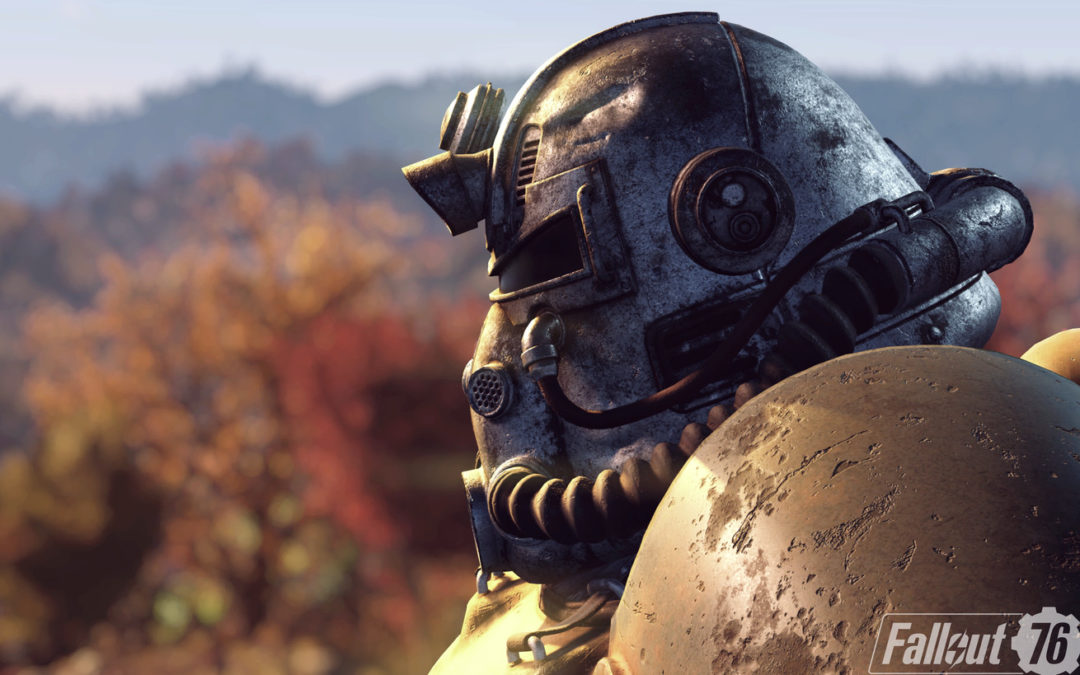
by Stone Marshall | Nov 5, 2018 | Awesome Book News, Free, Intro, Minecraft News, Minecraft questions, news, parent-news, State of Stone, Stone Marshall Book News, Stone Marshall Books, Stone Marshall Club, Stone Marshall Minecraft Adventures, Uncategorized |
It appears that one platform Fallout 76 won’t appear on is the Nintendo Switch. The game was first announced back in June for the Xbox One, PS4, and PC, but during a panel at an Australian convention this weekend, Bethesda executive Pete Hines noted that while the studio considered the console, it just “wasn’t doable.”
During the panel, Hines said that the Switch “is part of every conversation with dev we have now about what we’re doing going forward because we consider it to be a viable platform,” but indicated that Fallout 76 wouldn’t be ported over.
The studio has thrown its weight behind the Switch, releasing ports for games like Skyrim, Doom, and Wolfenstein II. According to GameSpot, Hines indicated that “the next Wolfenstein” game will be on the console.
Fallout 76 will be released on November 14th.
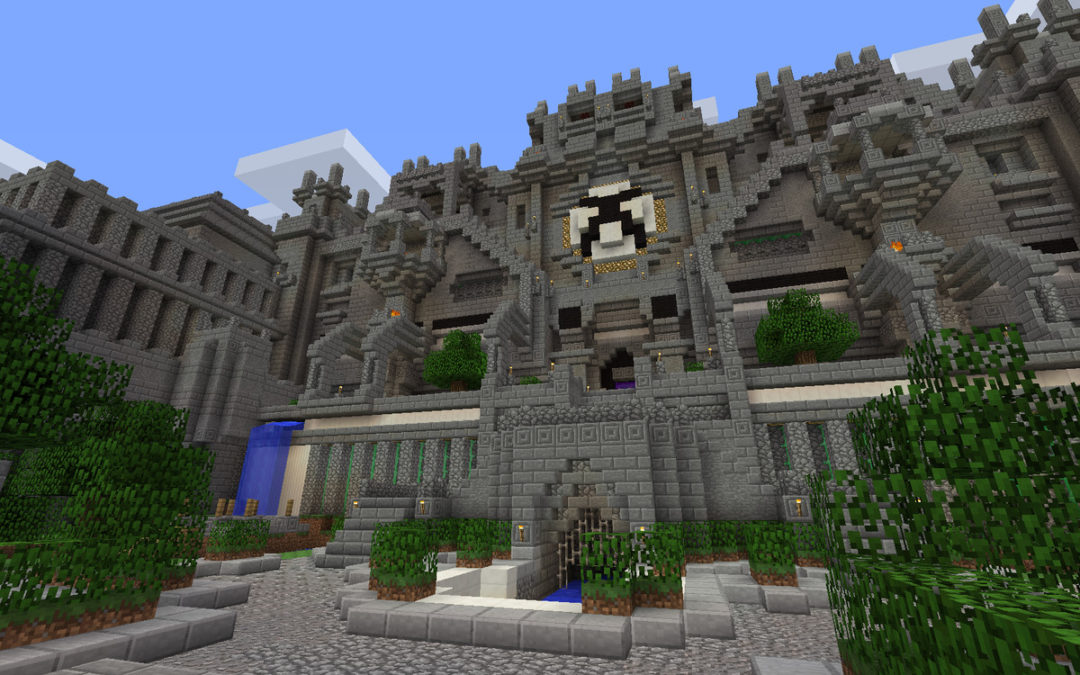
by Stone Marshall | Nov 4, 2018 | Awesome Book News, Free, Intro, Minecraft News, Minecraft questions, news, parent-news, State of Stone, Stone Marshall Book News, Stone Marshall Books, Stone Marshall Club, Stone Marshall Minecraft Adventures, Uncategorized |
Microsoft is no longer supporting the Apple TV version of Minecraft. The app has has been pulled from the App Store, and an in-game message notes that it won’t receive any further updates, though it’ll continue to be playable. Refunds will be issued for any purchases made up to 90 days before the announcement comes into effect. And it actually went into effect on September 24th, so it’s even more of an indictment of the state of Apple TV gaming that no-one really seemed to notice until this week.
Minecraft is one of the biggest games in history and has managed to find an audience on virtually every console, phone, and computer out there — including the iPhone, from which the Apple TV version was derived. But the Apple TV has been hampered as a games platform ever since Apple bungled the launch by unexpectedly requiring developers to support the Siri Remote. The company backtracked the following year, but the damage was done.
Apple hasn’t entirely given up on Apple TV gaming. Last year’s iPhone keynote saw Sky, the next game from Journey and Flower studio Thatgamecompany, shown off for the first time on the Apple TV 4K. But even that game is yet to see release, and it’s clear that Apple’s focus is elsewhere.
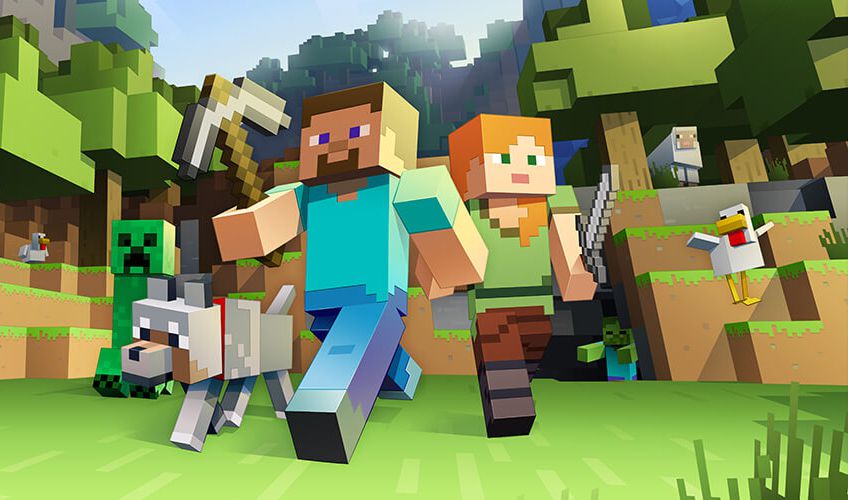
by Stone Marshall | Nov 4, 2018 | Awesome Book News, Free, Intro, Minecraft News, Minecraft questions, news, parent-news, State of Stone, Stone Marshall Book News, Stone Marshall Books, Stone Marshall Club, Stone Marshall Minecraft Adventures, Uncategorized |
Updates and support quietly ended for Minecraft on Apple TV back on Sept. 24, but it doesn’t mean the game will stop working on Apple’s device. You can continue to build your world and use the Marketplace and Minecoins.
Minecraft is one of the widest available games in terms of the platforms it targets. Over the course of its lifetime since 2011, 18 different platforms have seen a Minecraft release. As the hardware ages, support for the game ends and the latest platform to be dropped is the Apple TV.
As MCV reports, Microsoft isn’t making a big deal of ending updates and support for Apple’s device. Anyone playing Minecraft on the media box will have seen a message pop up explaining what is happening. You can see the message in full in the tweet below:
The 10 year old mentioned it on Sunday. Didn’t see the splash screen then but here it is… pic.twitter.com/XYQ2TirzM7
— mac-interactive ???????????? (@macinteractive) October 9, 2018
If you aren’t happy about this and made any purchases for the game in the last 90 days, Microsoft is offering to refund your money. That’s going to be welcome news if you’ve recently spent a lot of cash in the game and it should help you move to a different platform and start buying things again on the marketplace.
What the end of support really means is, when something breaks it won’t get fixed. That will most likely happen when Apple releases software updates for the box. The game could continue to work for years, but it could just as easily be a few months.
If you’re thinking of switching platforms, there’s lots of options. I suspect jumping to the Nintendo Switch or New 3DS will prove most popular, but any of the current crop of games consoles have a version of the game available, or you could stick it on a cheap Linux or Windows 10 box under your TV.
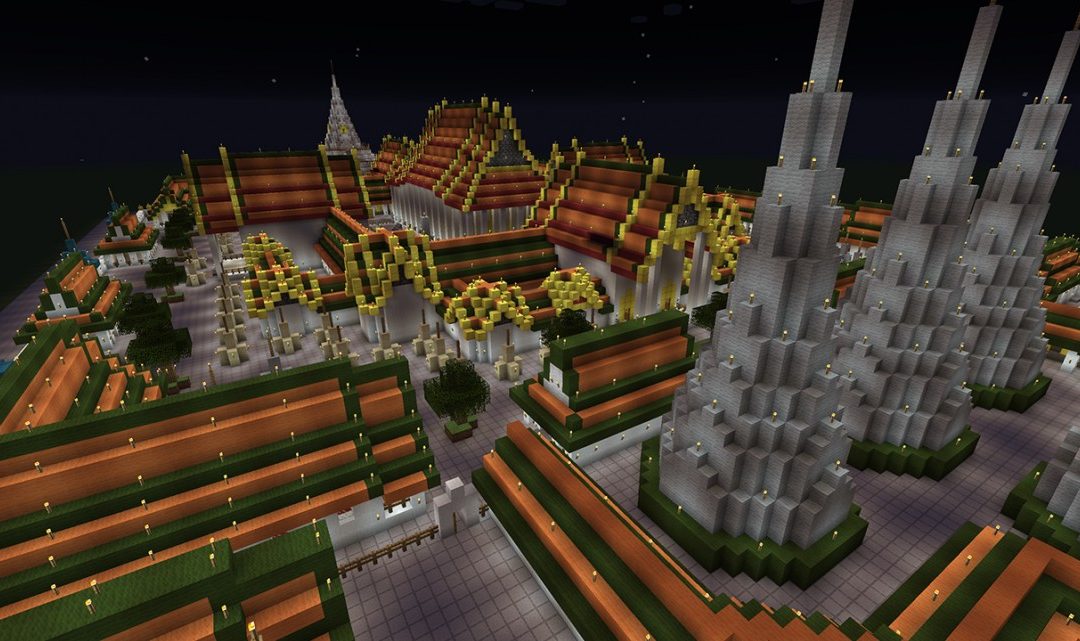
by Stone Marshall | Nov 3, 2018 | Awesome Book News, Free, Intro, Minecraft News, Minecraft questions, news, parent-news, State of Stone, Stone Marshall Book News, Stone Marshall Books, Stone Marshall Club, Stone Marshall Minecraft Adventures, Uncategorized |
Erik Andersen had never been interested in architecture, but playing Minecraft – a popular 3D video game where users build and navigate their own digital environments – he found himself constructing a brick-by-brick scale model of a temple he’d once seen in Bangkok.
“Suddenly I was actually starting to look at buildings and think about their design features,” said Andersen, assistant professor of computer science. “I’m generally interested in education in games, and I was impressed by how this game got me interested in architecture.”
Seeking to harness that educational potential, Andersen and three other Cornell computer scientists developed a Minecraft modification that uses artificial intelligence to tell players whether their buildings fit into certain architectural styles, and offers ideas for how the structures could be improved. Their modification – which is not yet publicly available – also helped advance the researchers’ work in computer vision and human-robot communication.
The authors will present their paper, “Design Mining for Minecraft Architecture,” at the Association for the Advancement of Artificial Intelligence Conference on Artificial Intelligence and Interactive Digital Entertainment, Nov. 13-17, in Edmonton, Alberta, Canada.
“Minecraft, without intending to be an educational tool, has been pulled in so many different directions, where originally it was just for fighting monsters,” said senior author Ross Knepper, assistant professor of computer science. “One of the things that’s important to learn when you’re a kid and throughout life is creativity, abstraction – how to envision what you want and then create it. That’s not an easy skill for anyone. So this is a tool that helps people not get discouraged, maybe if they’re beginning at Minecraft and don’t know how to use their imagination right off the bat.”
“When you’re working with images, it’s really hard to actually get at the essence of what something is. A machine observing how people build can actually learn quite a bit about about what shape is, what structure is, what buildings are.”
Bharath Hariharan, assistant professor of computer science
Based on buildings that Minecraft players created and uploaded for others to use, the researchers created a deep neural network – a kind of machine learning trained to predict whether data belongs in a certain category. Through that network, players could learn whether their building is medieval, modern, Asian or classical – four especially popular tags used by Minecraft players. Once the building is classified, another algorithm can show the users similar buildings to inspire them to make improvements to their own.
The program also allows users to import similar buildings into their Minecraft worlds, creating a neighborhood of like styles.
“It’s a way for the users to learn more about the thing they built,” said Irene (Euisun) Yoon ’19, first author on the paper. “People are really interested in having more design spaces in Minecraft, and being able to build certain types of architecture, but there weren’t any design tools as far as we were aware that can teach them.”
Yoon personally curated the data set to make sure the buildings were labeled correctly, since their algorithm was less accurate than they would have liked because it was trained with fewer than 1,000 player-created buildings. Ideally, such an algorithm would be trained with tens or hundreds of thousands of pieces of data.
“If you ask an architect to tell you what a building’s style is, the architect will say, ‘OK, it’s one-and-a-half stories, it has dormers, it’s a Cape Cod.’ Deep learning is doing that but it’s doing it in a black box way (hidden from view). It learns patterns, but not necessarily the same patterns an architect would say are the key things,” Knepper said. For example, if all the modern-style houses in a data set have pools on the roof, the computer could assume that rooftop pools are a requirement for modern houses.
For Knepper, a roboticist by training, the Minecraft project helped answer questions about how a robot might follow a human’s instructions.
“If I say, ‘Build a house,’ today a robot is going to say, ‘I don’t know what that means.’ ‘Which brick should I put where?’ is the level at which robots need instruction,” Knepper said. “We’d like humans to be able to interface with robots more like we interface with each other. So if I tell it to build a medieval house or an ancient house and give some of the high-level details, it would know at that point how to turn it into a plausible thing that does everything you want. We’re not there yet, but this is the first step towards that goal.”
Co-author Bharath Hariharan, assistant professor of computer science, approached the research from the perspective of his own work in computer vision. In trying to interpret an image, a computer can be trained to pick up cues such as shape and solidity, but may have trouble processing perspective or scale. Using people’s intelligence through their Minecraft structures and tags can help computers learn to solve those problems.
“When you’re working with images, it’s really hard to actually get at the essence of what something is,” Hariharan said. “A machine observing how people build can actually learn quite a bit about about what shape is, what structure is, what buildings are.”
The paper is based on work supported by the National Science Foundation.





